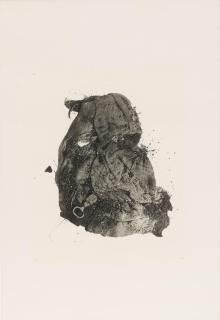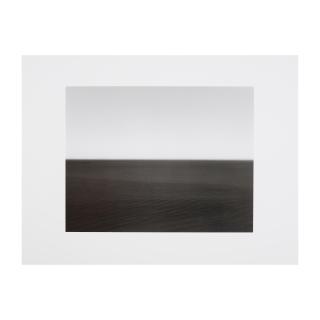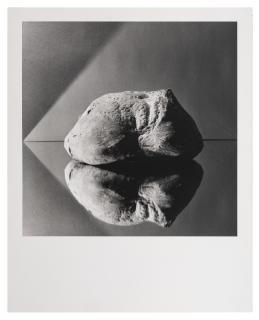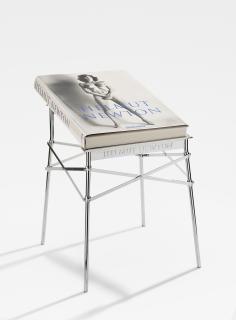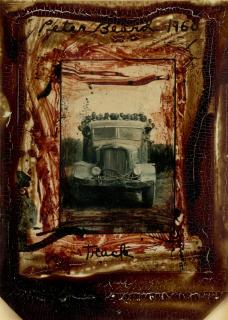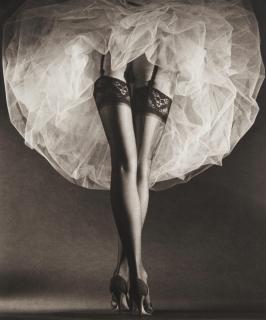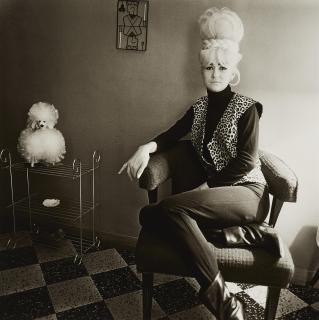Robert Polidori born 1951
The artist Robert Polidori
- Canadian photographer, known for documenting the post Hurricane Katrina devastation.
- Published a book of photographs from the Chernobyl and Pripyat exclusion zones.
- Received various photo awards and prizes for his work.
Robert Polidori, born 10.02.1951 in Montréal, is a Canadian photographer and photojournalist who has became famous for his photographs published in the book Zones of Exclusion – Pripjat und Tschernobyl (2004). Polidori devotes himself both to architectural photography and to documenting contemporary events and places. The motifs he chooses usually thrive on contradictions, while his visual language is often understood as subversive. In 2001, for example, he captured parts of the ruins in the fenced-off exclusion zone of Chernobyl and Prypyat, and in 2006 he published his illustrated book After the flood, in which he captured the aftermath in New Orleans triggered by Hurricane Katrina (2005).
On the one hand, his fascination and expertise for buildings is reflected in his photojournalistic work, in the course of which he regularly accepts commissions for architecture and travel magazines and photographs the architecture of Dubai or Shanghai, for example. On the other hand, it reveals itself in his penchant for revealing the contradictory in what appears trivial at first glance: the colourful house facades in Havana in front of deserted paths, restoration work on the otherwise immaculately presented Palace of Versailles or the summer residence of the former Romanian dictator Nicolae Ceaușescu.
In addition, he also captured works by renowned architects such as Le Corbusier in photographs. He himself perceives buildings as »animated monuments (...) that tell something about people«. Born in Canada, Polidori moved to the USA with his family in his youth and studied art at Antioch College in Yellow Springs, Ohio. At the age of 18, he moved to New York and initially devoted himself to the medium of film.
He acquired his photographic expertise autodidactically and quickly achieved success, so that he was able to prepare photo reports for various magazines at an early stage. Polidori has received various awards, such as the World Press Photo Award (1998) and the German Photo Book Prize (2006/2007), above all for his illustrated books, and can look back on various solo exhibitions, such as at the Institut du monde arabe in Paris (1998), the Metropolitan Museum of Art in New York (2006) and the Martin-Gropius-Bau in Berlin (2006). Today Polidori lives and works in Paris and New York.
Der Künstler Robert Polidori
- Fotograf und Fotojournalist; dokumentierte mitunter die Katrina-Flutkatastrophe.
- Veröffentlichte einen Bildband mit Fotografien aus der Sperrzone Tschernobyls und Pripjats.
- Erhielt diverse Fotoauszeichnungen und -preise für seine Arbeiten.
Robert Polidori, geb. 10.02.1951 in Montréal, ist ein kanadischer Fotograf und Fotojournalist, der unter anderem mit seinen im Bildband Sperrzonen – Pripjat und Tschernobyl (2004) erschienenen Aufnahmen von sich reden machte. Polidori widmet sich sowohl der Architekturfotografie als auch der Dokumentation zeitgeschichtlicher Ereignisse und Orte. Die von ihm gewählten Motive leben meist von Widersprüchen, während seine Bildsprache oftmals subversiv verstanden wird. So hielt er 2001 etwa Teile der Ruinen in der umzäunten Sperrzone von Tschernobyl und Prypjat fest und veröffentlichte 2006 seinen Bildband After the flood, in dem er die durch den Hurrikan Katrina (2005) ausgelösten Folgen in New Orleans einfing.
Seine Faszination und sein Sachverstand für Gebäude schlägt sich einerseits in seiner fotojournalistischen Arbeit nieder, im Zuge derer er regelmäßig Aufträge für Architektur- und Reisemagazine entgegennimmt und etwa die Baukunst Dubais oder Shanghais fotografiert. Andererseits offenbart sie sich in seinem Hang zur Enthüllung des Widersprüchlichen im auf den ersten Blick trivial Erscheinenden: die bunten Häuserfassaden in Havanna vor menschenleeren Wegen, Restaurierungsarbeiten des sich sonst makellos darbietenden Schloss Versailles oder die Sommerresidenz des früheren rumänischen Diktators Nicolae Ceaușescu.
Daneben hielt er auch Werke von namhaften Architekten wie Le Corbusier fotografisch fest. Er selbst empfindet Gebäude als »belebte Denkmäler (…), die etwas über Menschen erzählen«. Der in Kanada geborene Polidori zog bereits in seiner Jugend mit seiner Familie in die USA und studierte am Antioch College in Yellow Springs, Ohio Kunst. Im Alter von 18 Jahren ging er nach New York und widmete sich zunächst dem Medium Film. Seine fotografische Expertise eignete er sich autodidaktisch an und erzielte rasch Erfolge, sodass er schon früh Fotoreportagen für verschiedene Magazine aufbereiten konnte.
Polidori erhielt vor allem für seine Bildbände verschiedene Auszeichnungen wie etwa den World Press Photo Award (1998) oder den Deutschen Fotobuchpreis (2006/2007) und kann auf diverse Einzelausstellungen wie etwa im Institut du monde arabe in Paris (1998), dem Metropolitan Museum of Art in New York (2006) oder dem Martin-Gropius-Bau in Berlin (2006) zurückblicken. Heute lebt und arbeitet Polidori in Paris und New York.




























